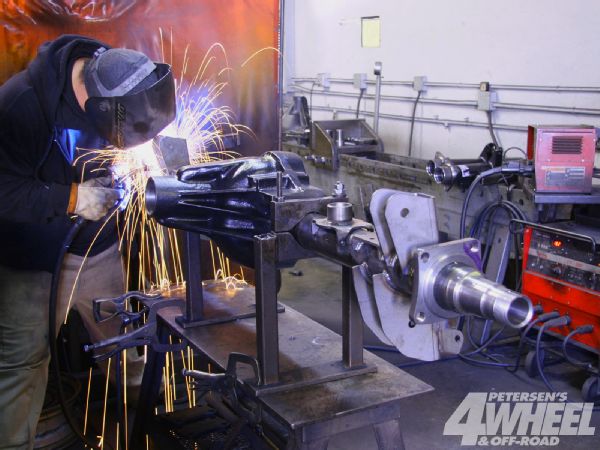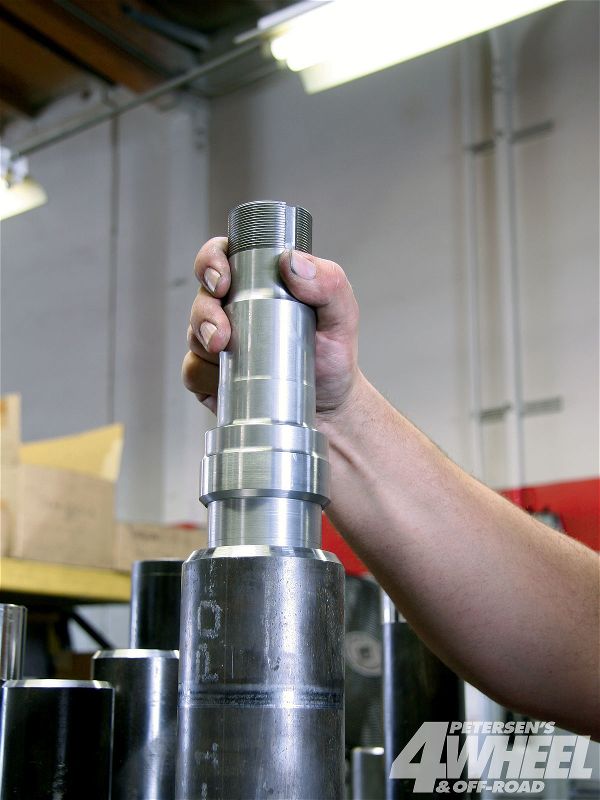
 Ali Mansour
Brand Manager, 4WD & Sport Utility
Ali Mansour
Brand Manager, 4WD & Sport Utility
Jeep obesity is a common problem. Whether it's a front bumper and winch combo, long arm suspension, or heavy-duty body armor, it all adds weight. While we enjoy aftermarket goodies as much as the next guy, have you ever thought about how much weight those parts are adding to your ride?

With a 4,300-pound curb weight it doesn't take much for the '07-to-current Jeep Wrangler Unlimited to put on some serious pounds when you add in gear, guys, and aftermarket parts. As a matter of fact, we've personally witnessed a few JKs weigh in at over 7,000 pounds! That's practically as much as a 3/4-ton truck. Never mind the power-to-weight ratio imbalance, but think about the increased load on the factory Dana 44 rear axle!
So what's a Jeeper to do? Since nobody likes going on a diet, the next best thing is to find a way to support the weight. What better way to support something heavy than to make it float? OK, not in the ocean, but on the street with the help of a full-float rear axle.
Found under most 3/4- and 1-ton trucks, a full-float rear axle is a severe-duty axle designed to support a lot of weight.
 The most basic and necessary piece of the full-float axle is the spindle. Composed of high-quality machined steel, the spindle is what supports the hub and secures it to the axle.
The most basic and necessary piece of the full-float axle is the spindle. Composed of high-quality machined steel, the spindle is what supports the hub and secures it to the axle.
This is accomplished by fitting dual bearing hub assemblies over fixed-end spindles that are attached to the outer potion of the axletubes. Unlike a semifloat axle (Jeep's most common rear axle type), which uses a single axleshaft and bearing per side to support and propel the Jeep, a full-float axle doubles and enlarges the bearing support within the hub and separates the axle duties. This means the axleshafts are only responsible for propelling the vehicle, while the massive hubs handle the weight load.
Though the full-float axle is nothing new, the technology in the modern Jeep Wrangler JK platform has made it nearly impossible to simply pull a full-float axle from a junkyard and toss it into the rear of the sensor packed JK. Luckily, the legendary axle builders at Dynatrac have been busy crafting a full-float Pro Rock 60 for the '07-to-current Wrangler and have engineered the bolt-in axle to accept the factory sensors. To take a closer look at Dynatrac's new full-float assembly, we went to its headquarters in Huntington Beach, California. For this article we'll focus mostly on the full-float aspect of the axle, but you can find out more on the Pro Rock 60 specs and information at www.dynatrac.com.
PhotosView Slideshow

 PhotosView Slideshow
PhotosView Slideshow


